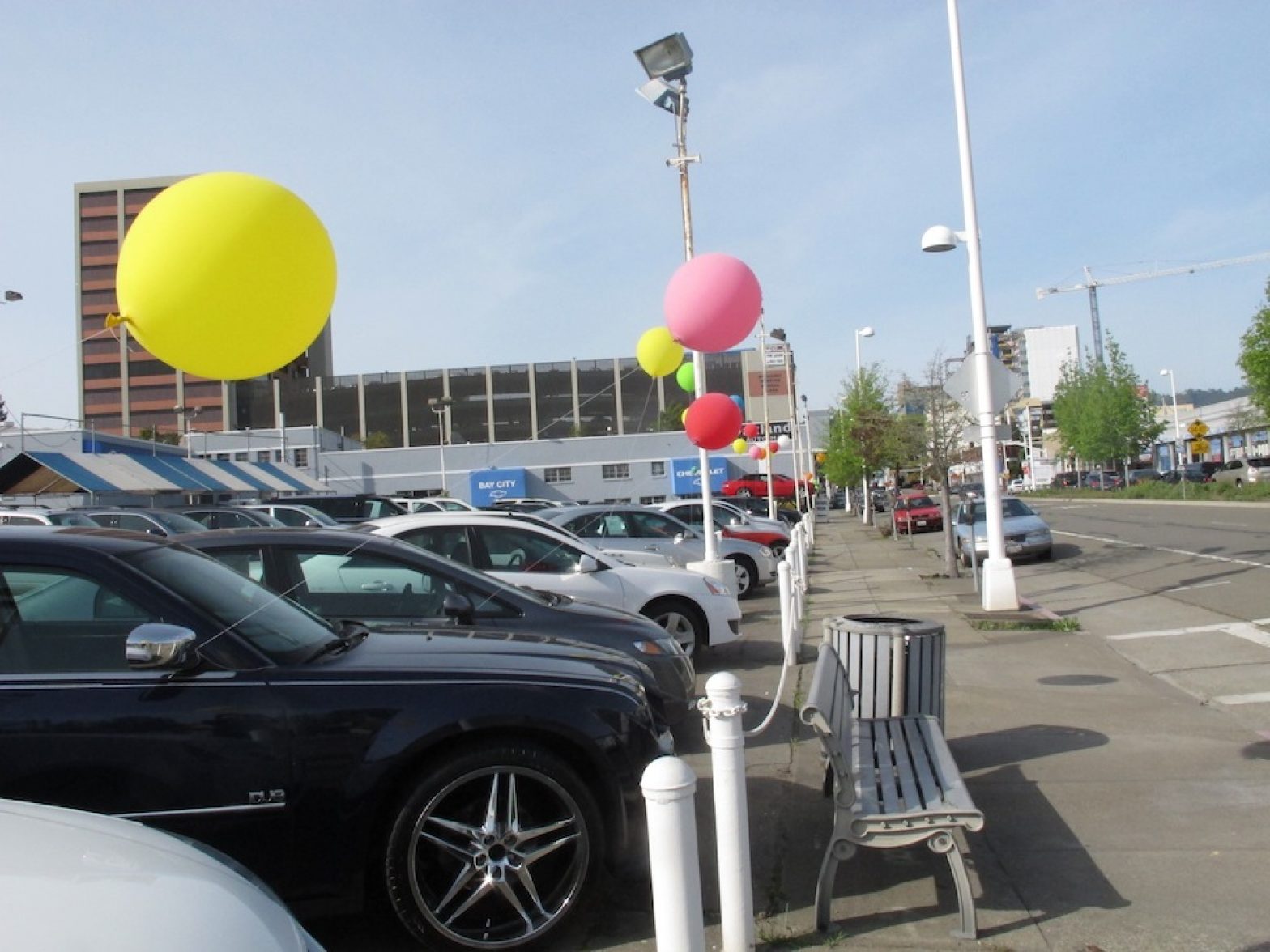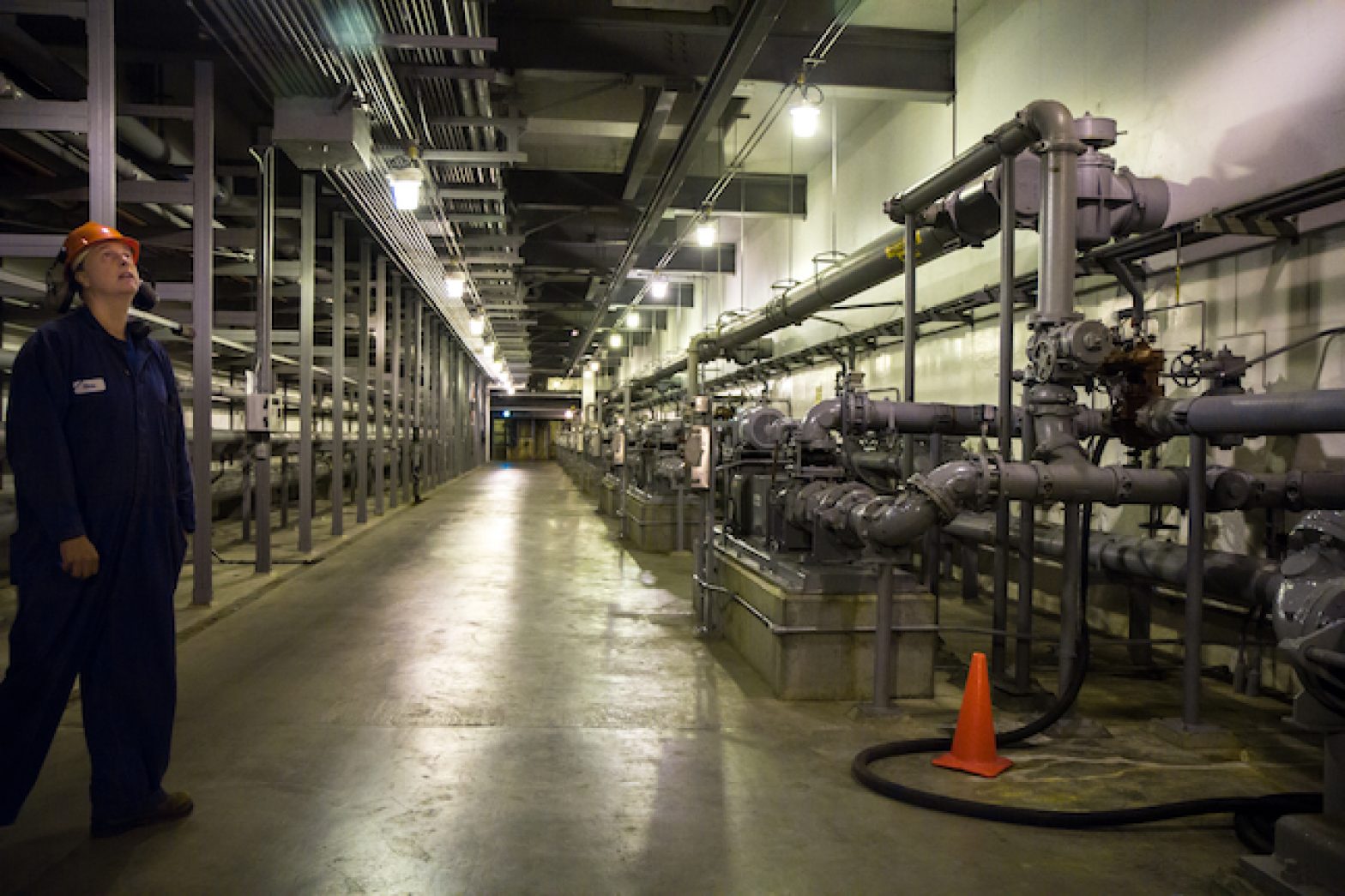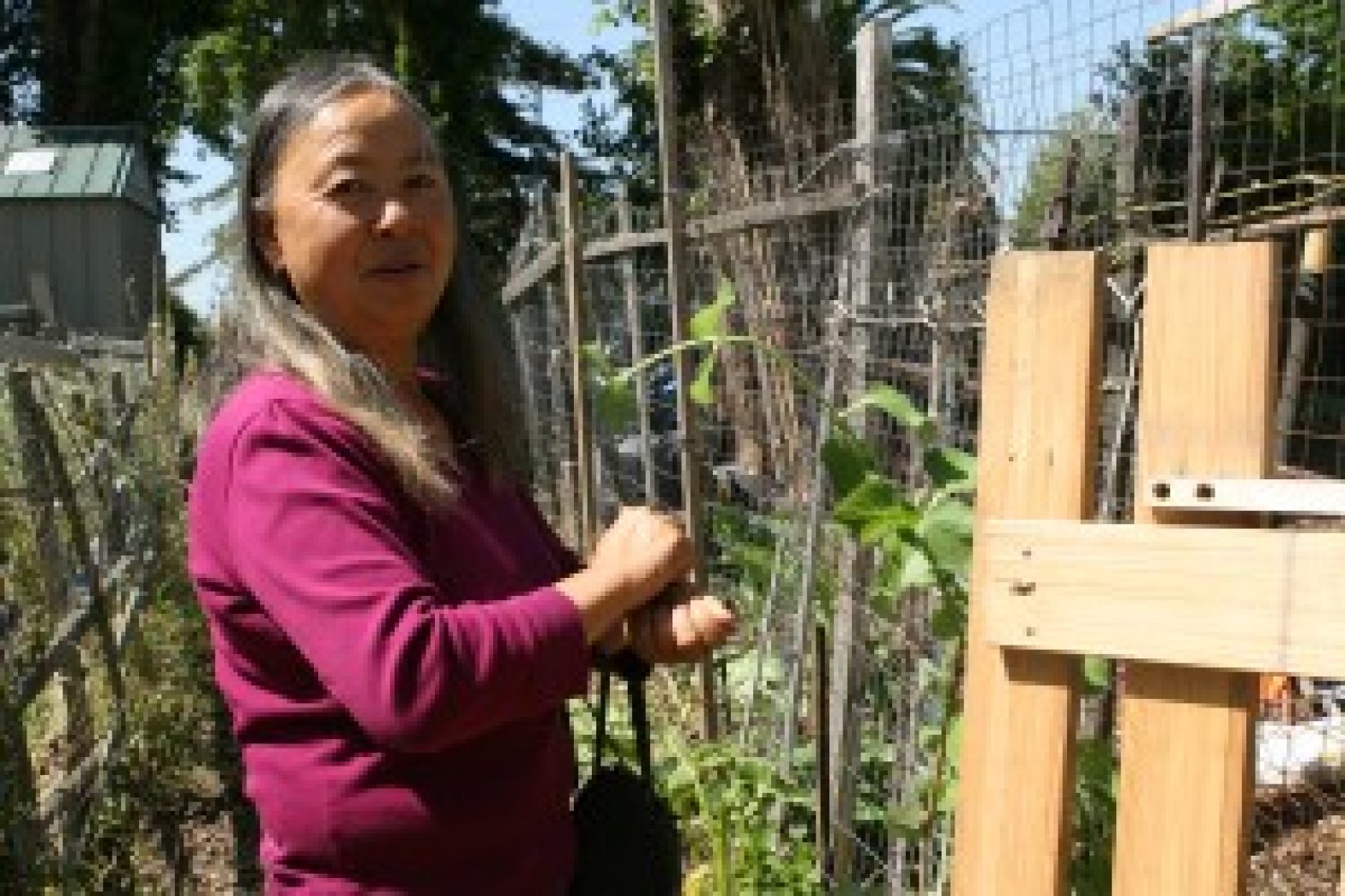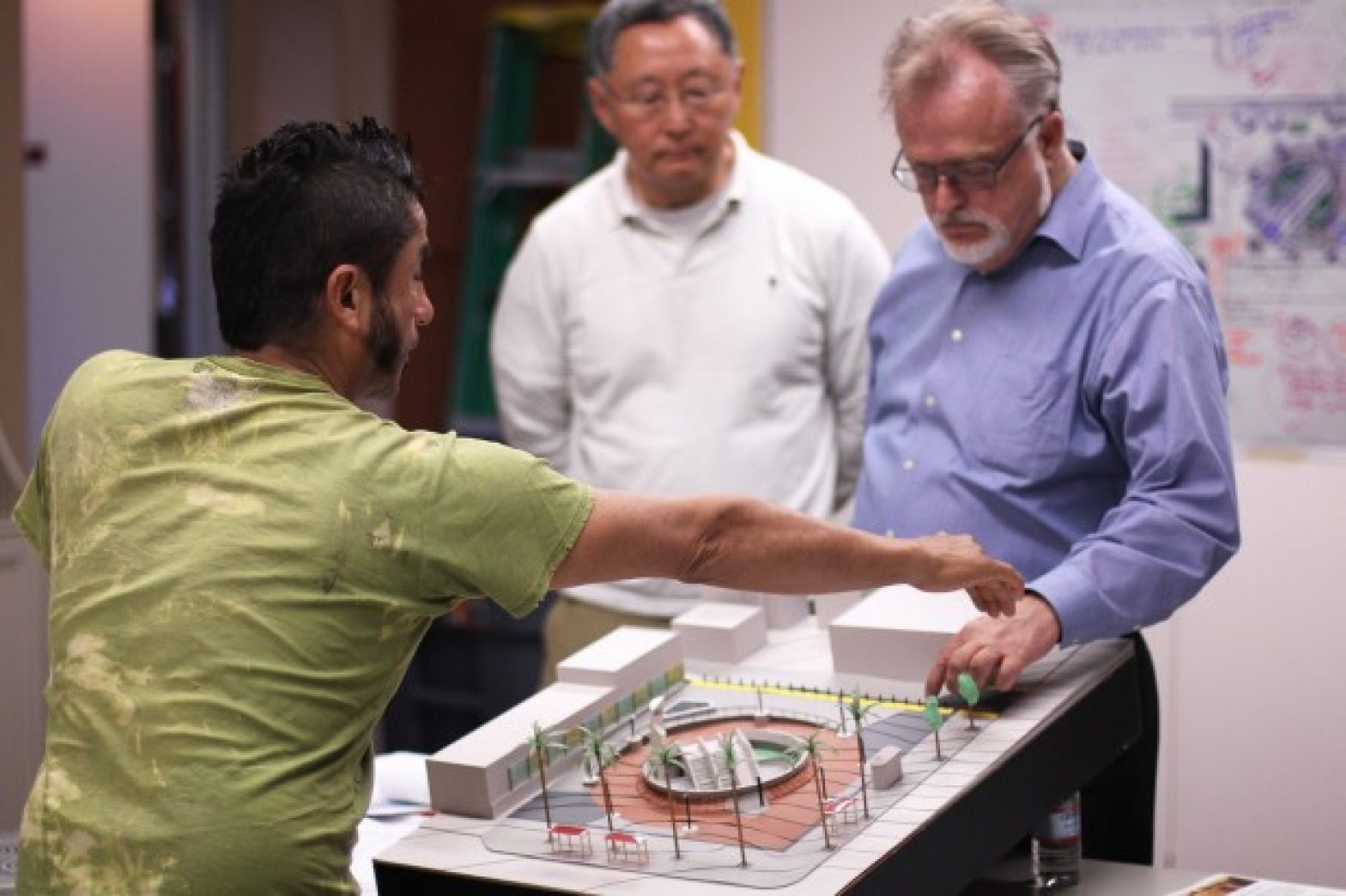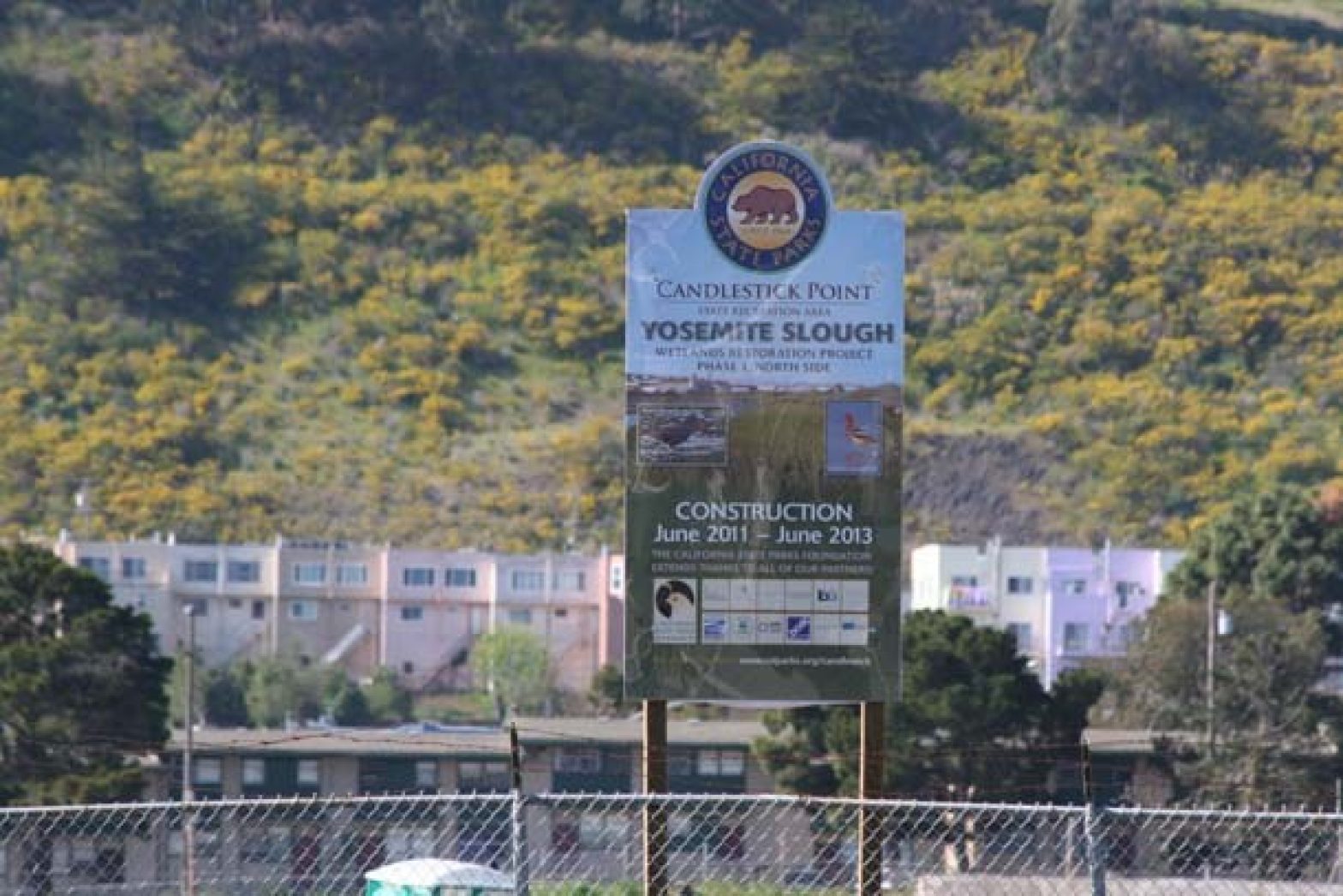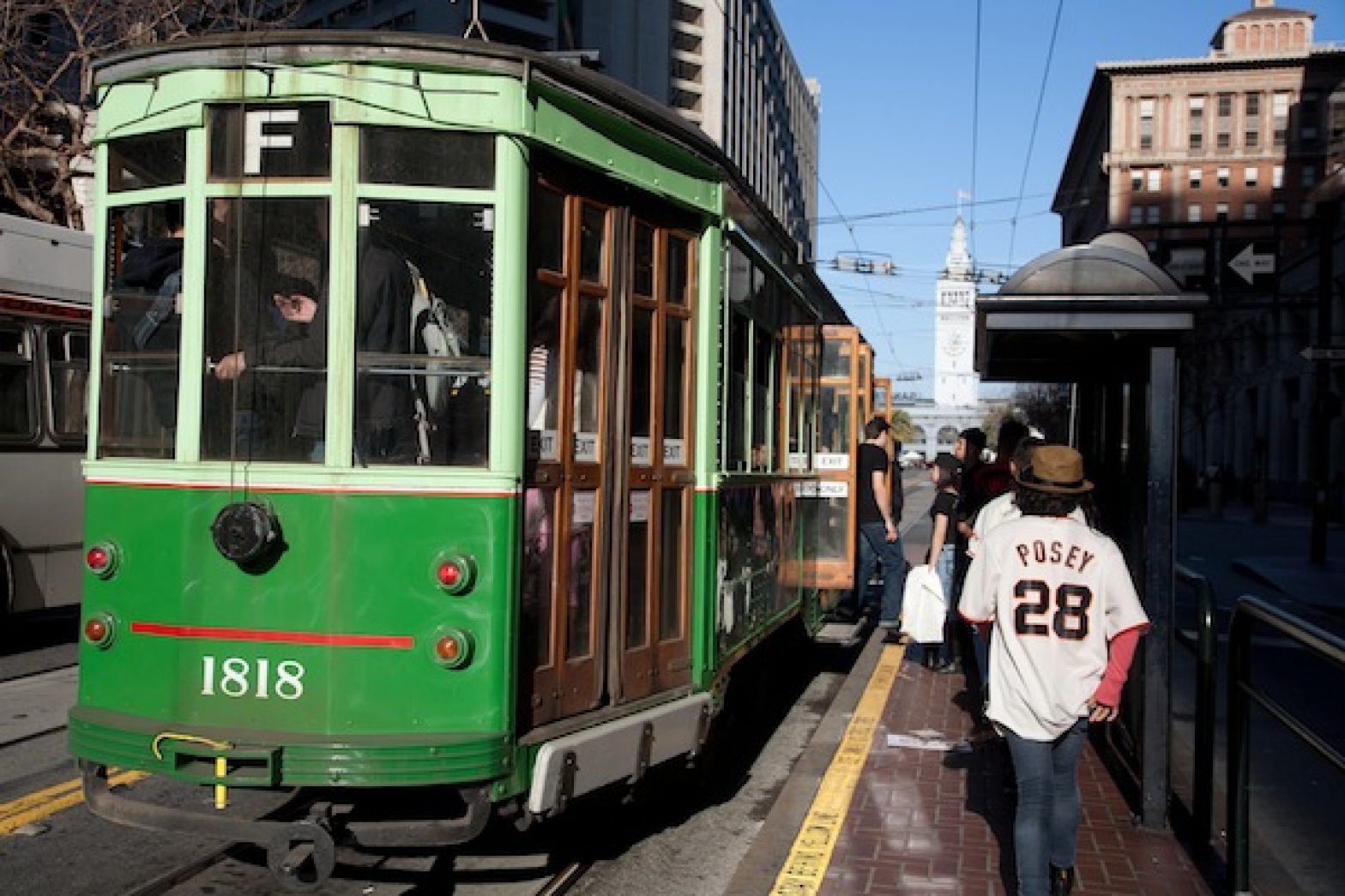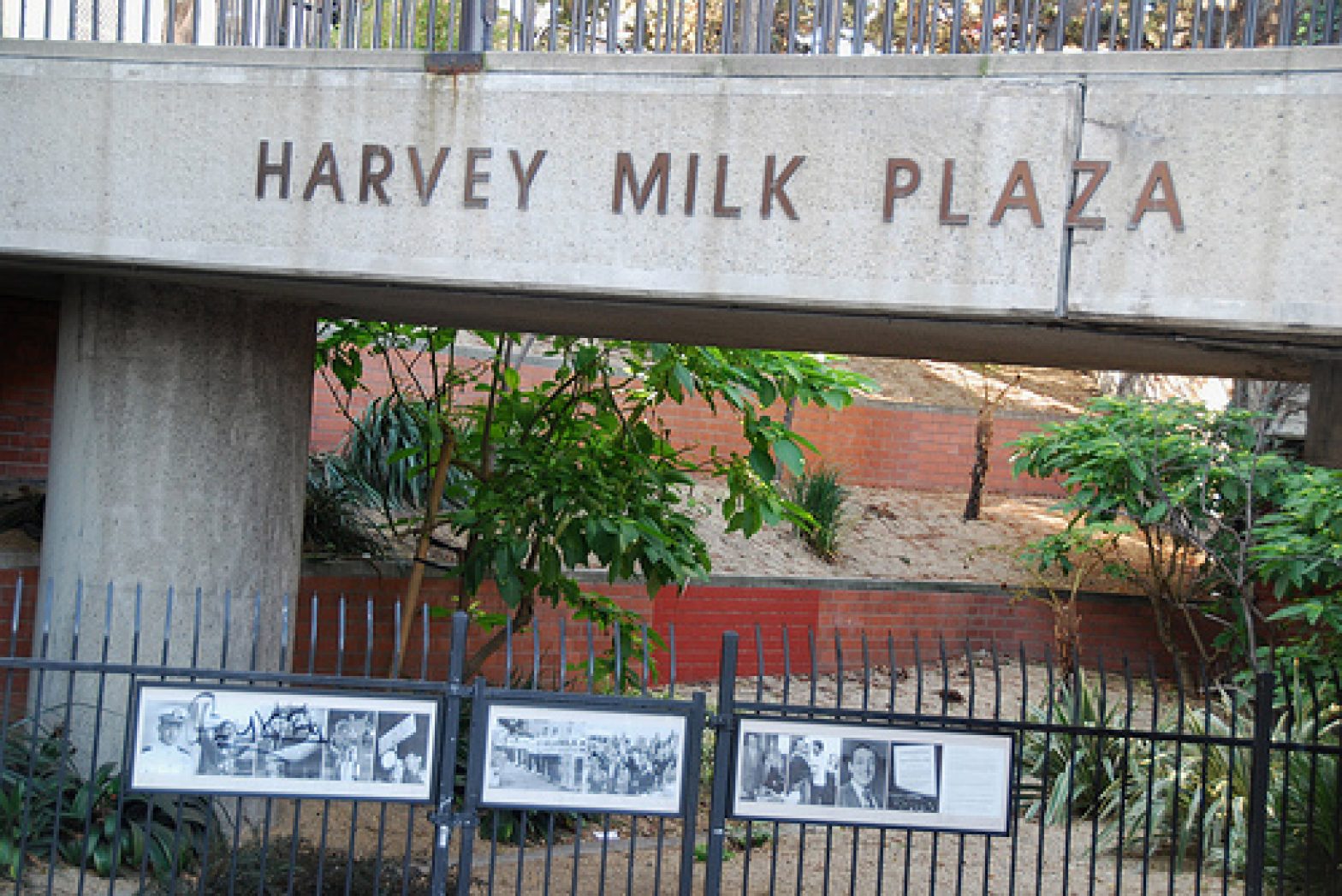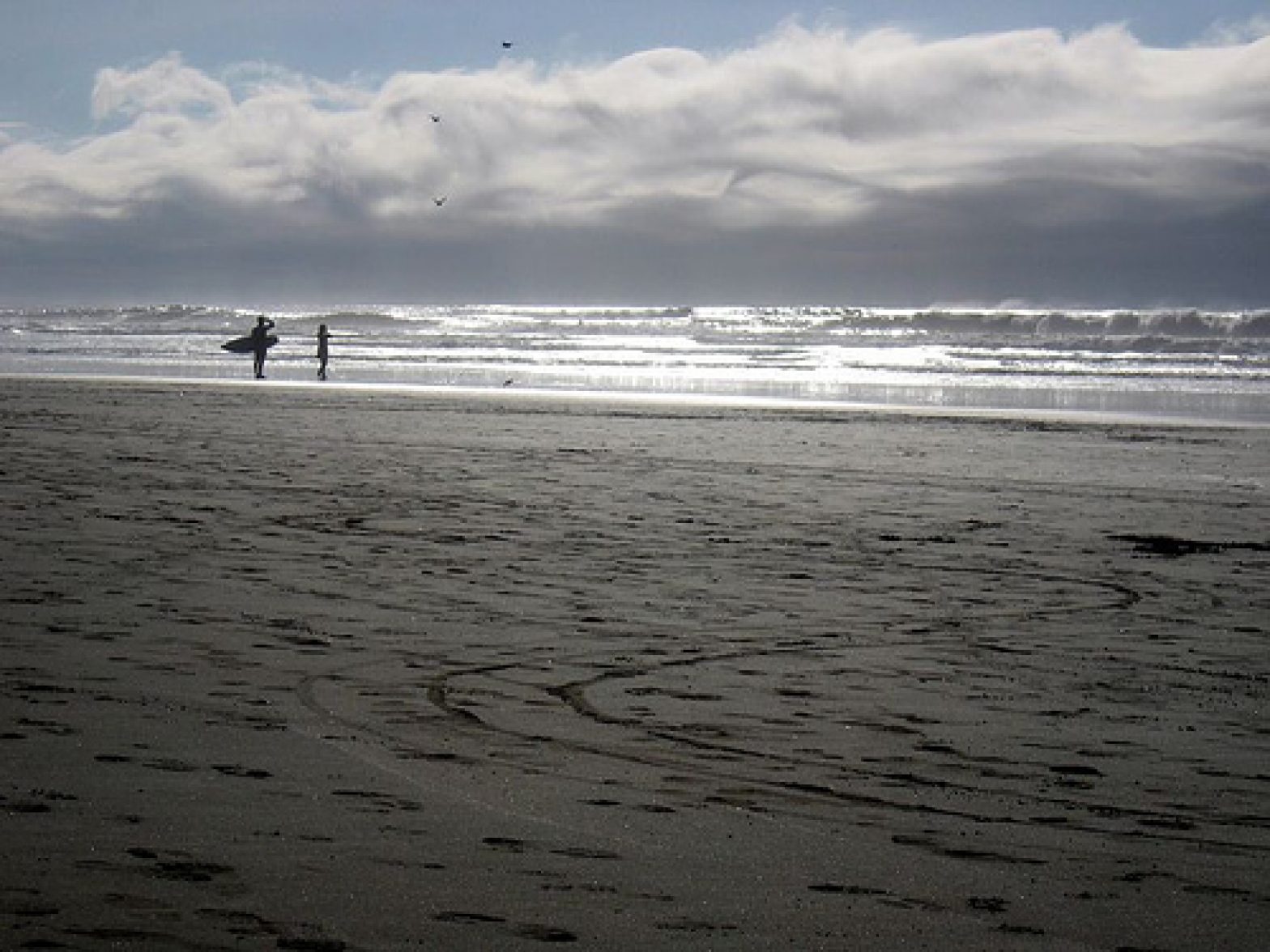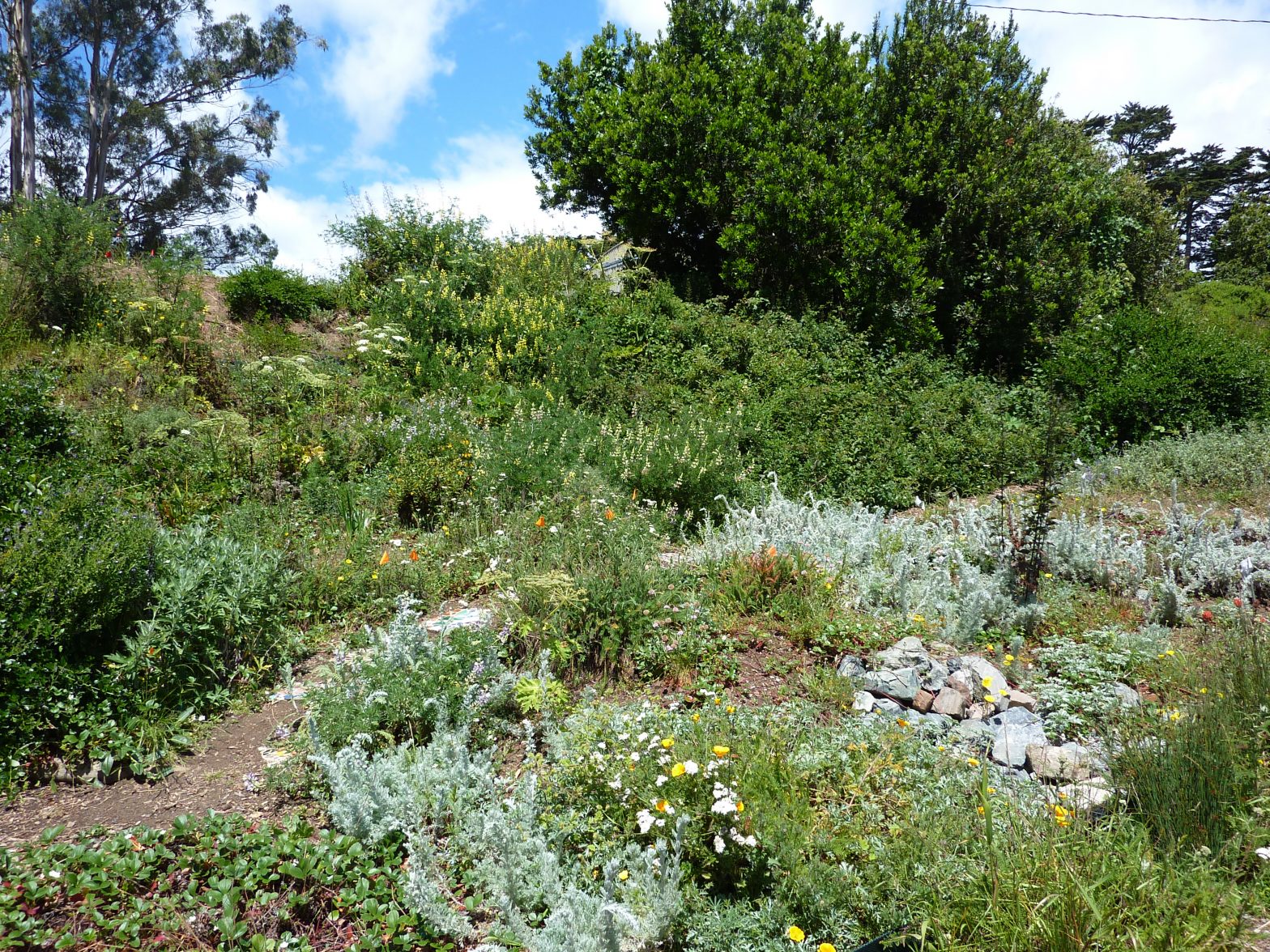Bay Area
With redevelopment’s end, Bay Area cities scramble to keep grand plans alive
Oakland’s Auto Row renaissance may have to work on a smaller scale
Since 2000, city officials have had big plans for Auto Row. They called it the Broadway-Valdez project, a 96-acre development that included a strip of housing and restaurants next to the 19th Street BART station, the Valdez Triangle.Planners said the effort, if fully funded, would be Oakland’s best bet to revive its sagging retail sector. But the project’s prospects have dimmed since California killed redevelopment funds as a way of backfilling the state budget deficit.
